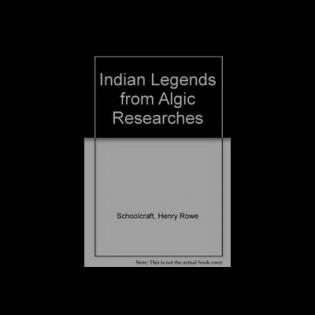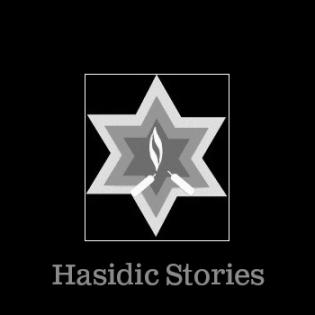Native American (Ojibwa) Tale: Although physically deformed, Bokwewa is gifted in supernatural ways and has a very generous and loving spirit. When his brother goes after his wife’s kidnapper, Bokwewa warns him to resist temptations that will divert him. He doesn’t obey and Bokwewa attempts to rescue him. Good for discussion on benevolence and self-sacrifice versus temptation and vanity.
Filter by subjects:
Filter by grades:
Filter by audience:
Filter by issue area:
Filter by content type:
Filter by resource type:
resource search
A Jewish Tale: A pair of rabbis set out to raise some funds for a worthy cause. They approach a wealthy man whose generosity has become blocked, and one of the rabbis knew how to help him unstop it. How is receiving just as important as giving, in cultivating generosity in others and ourselves?
Philanthropy in American Indian and Alaskan Native cultures is not a new phenomenon—there is a long and rich history of indigenous giving traditions, and today there is a growing nonprofit sector devoted to social justice and development of Native communities in the United States. This paper examines overarching themes of Native American philanthropy (there are over 500 registered tribal nations in the continental US, and all celebrate their own giving and receiving rituals and traditions specific to their own communities), how the practice of Native American philanthropy has changed over time, and what the nonprofit sector within tribal communities looks like today. Additionally, this lesson will offer specific examples of youth-centric philanthropy and its focus on preserving Native culture for future generations.
The Saguaro Seminar is an initiative focused on the study of social capital and civic engagement in America. Through this research, emphasis was given to improving connections among Americans and improving the infrastructure of civic engagement. By doing this, The Saguaro Seminar hopes to advance ways to build social capital.
In this episode of the Kids Are Philanthropists too! podcast, we explore how people move through grief and loss over time. Grief is one of the most pressing concerns amongst 3-5th grade participants in The Giving Square programs in 2023. Note: This episode includes...
Introduce the philanthropic behavior of Native Americans through the speech attributed to Chief Seattle, using the book Brother Eagle, Sister Sky: The Words of Chief Seattle.
In this episode of the Kids Are Philanthropists too! podcast, we explore the ways children feel grief. Curious about what kids are deeply concerned about? Grief is one of the most pressing concerns amongst 3-5th grade participants in The Giving Square programs in 2023....
The group discusses and agrees on a need to address through donating money. They watch a film about a boy who sets up a lemonade stand and read a book about a national Lemonade Stand effort. Then they identify a need, learn more, and communicate the need to others.
As a group, the young people and their families make all the preparations for the lemonade sale, including making posters and advertising in creative ways. The posters communicate about the purpose for the sale and the impact they hope to make. The children prepare the lemonade for the sale and...
Youth identify motivations for giving and social action in the community. They compare research-based motivations of adults and youth. They write a persuasive call to action for an issue of their choice based on the motivations they learned.

